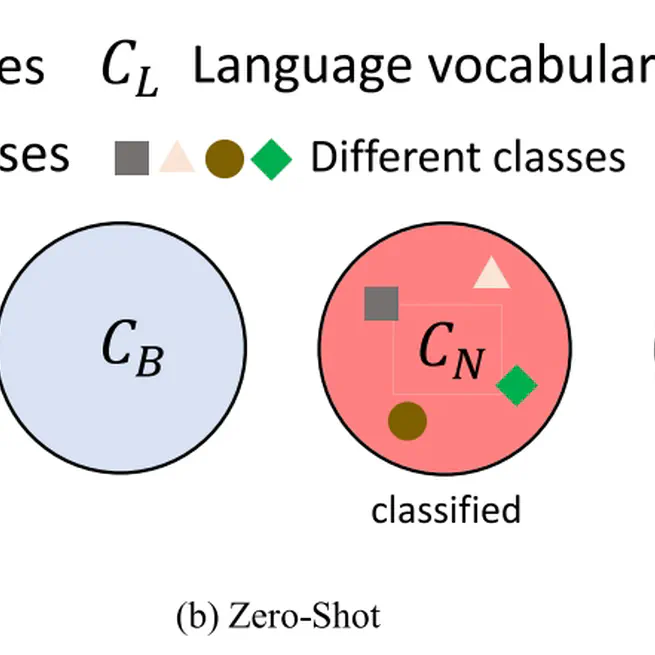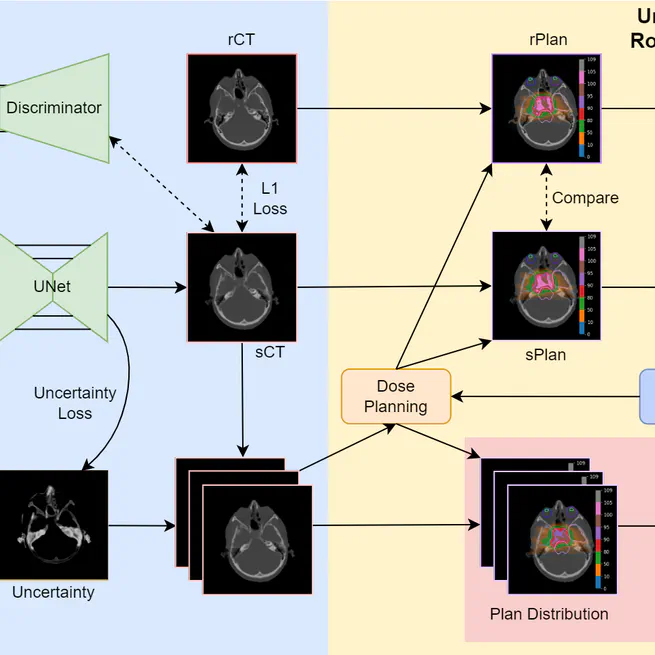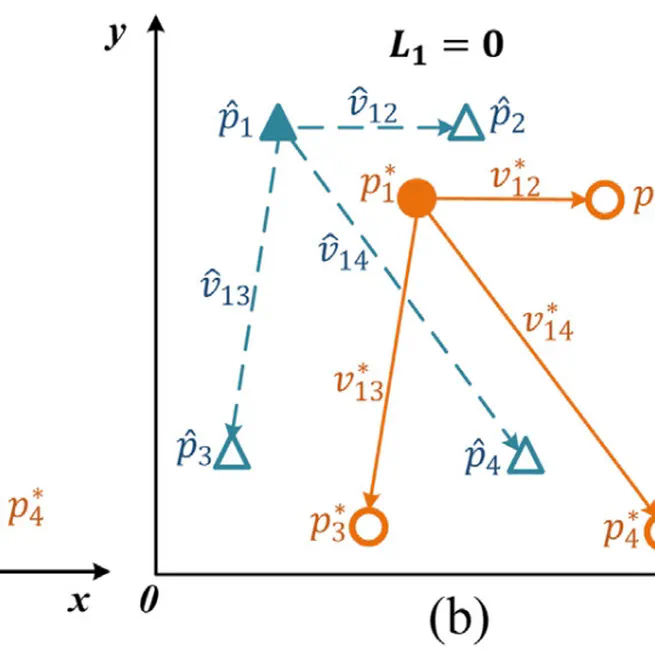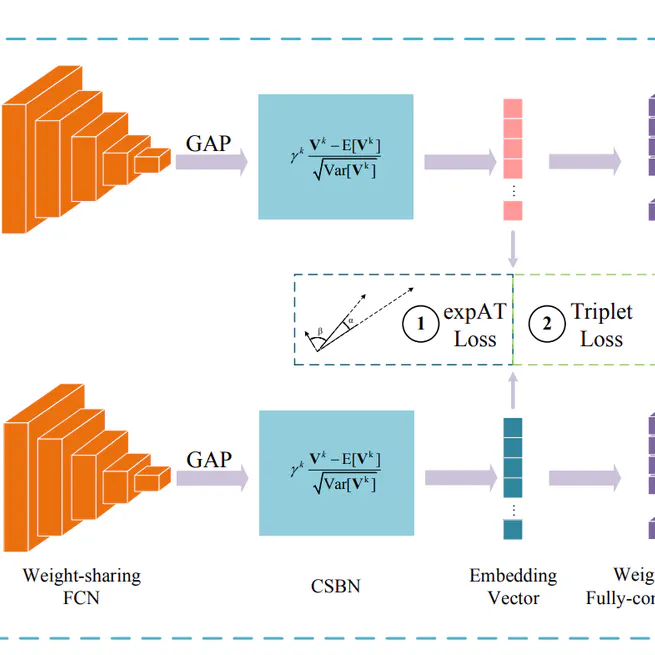
We propose a novel ranking loss function, named Bi-directional Exponential Angular Triplet Loss, to help learn an angularly separable common feature space by explicitly constraining the included angles between embedding vectors.
Mar 5, 2024

This survey offers a detailed examination of the latest developments in open vocabulary learning in computer vision, which appears to be a first of its kind. We provide an overview of the necessary background knowledge, which includes fundamental concepts and introductory knowledge of detection, segmentation, and vision language pre-training. Following that, we summarize more than 50 different models used for various scene understanding tasks. For each task, we categorize the methods based on their technical viewpoint. Additionally, we provide information regarding several closely related domains. In the experiment section, we provide a detailed description of the settings and compare results fairly. Finally, we summarize several challenges and also point out several future research directions for open vocabulary learning.
Feb 5, 2024

The enhanced framework incorporates 3D uncertainty prediction and generates high-quality sCTs from MR images. The framework also facilitates conditioned robust optimisation, bolstering proton plan robustness against network prediction errors. The innovative feature of uncertainty visualisation and robust analyses contribute to evaluating sCT clinical utility for individual patients.
Feb 1, 2024

In this paper, we decompose the feed-forward DNN and find a more reasonable basic unit layer, which shows a close relationship with the proximal operator. Based on it, we propose new equilibrium models, OptEqs, and explore their underlying optimization problems thoroughly. We provide two strategies to introduce customized regularizations to the equilibrium points, and achieve significant performance improvement in experiments. We highlight that by modifying the underlying optimization problems, we can create more effective network architectures. Our work may inspire more interpretable equilibrium models from the optimization perspective.
Jun 10, 2022

In this paper, we design a Position Constraint Loss (PCLoss) for fashion landmark estimation, which incorporates the position correlation into landmark estimation models. Specifically, the PCLoss adds a regular term for each landmark to regularize their relative positions. Compared with other alternatives, our PCLoss effectively mitigates the outliers and duplicate detection problems without modifying existing CNN architectures. In addition, our skeleton-like optimization method further strengthens the position constraints between landmarks. The proposed method can be applied to both regression and heatmap based methods and it provides a novel perspective towards position relation learning in key point estimation tasks. Extensive experimental results on three challenging datasets, DeepFashion, FLD and FashionAI, demonstrate that our method outperforms other state-of-the-art methods. The experiment on COCO 2017 shows the potential applications of PCLoss for other key point estimation tasks, which can be explored more in future work.
Oct 1, 2021

Jul 30, 2021

We propose a novel ranking loss function, named Bi-directional Exponential Angular Triplet Loss, to help learn an angularly separable common feature space by explicitly constraining the included angles between embedding vectors.
Dec 12, 2020